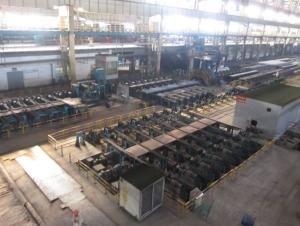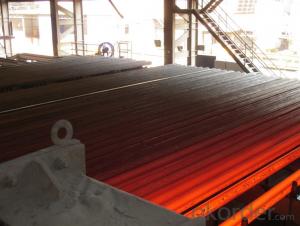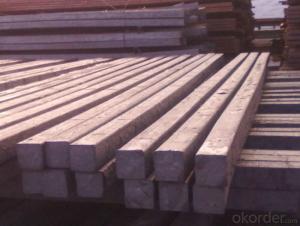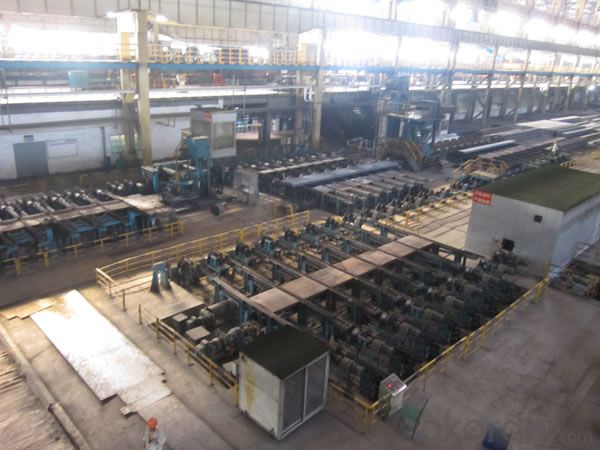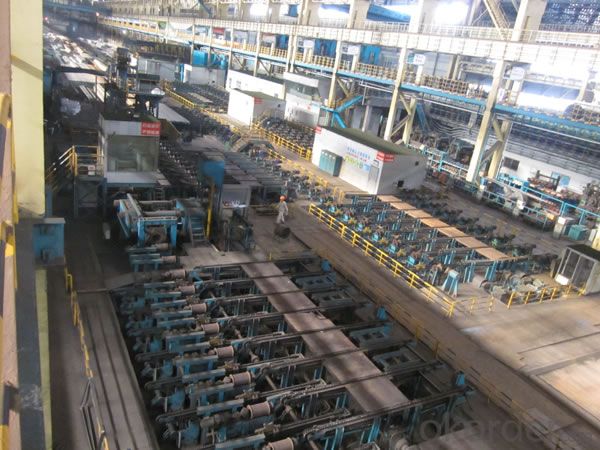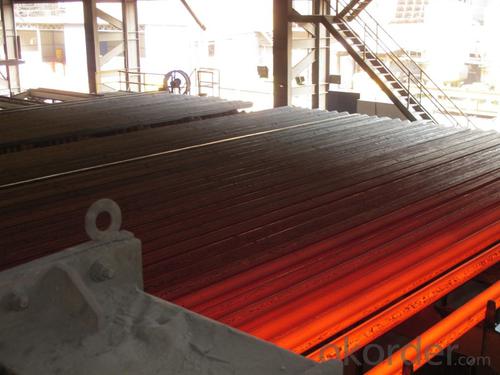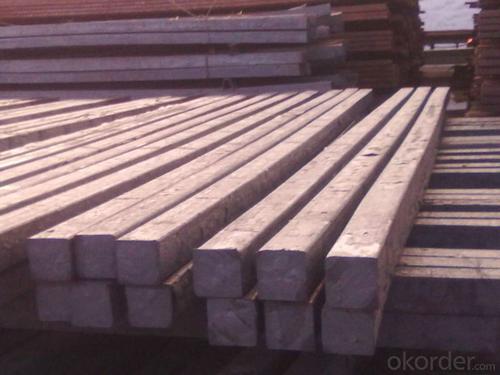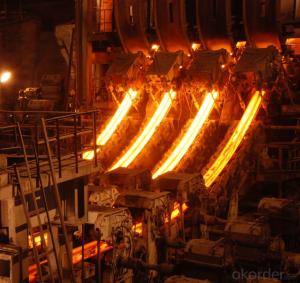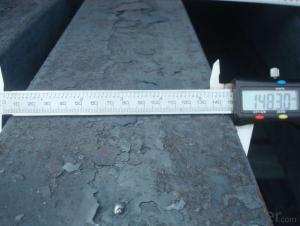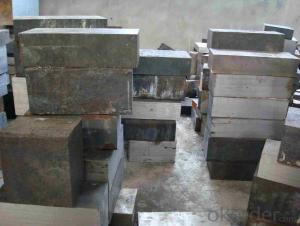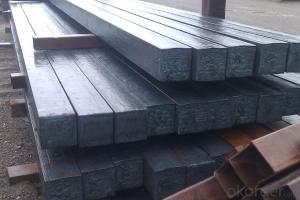Z27 BMP Rolled Steel Coil Construction Roofing Construction
- Loading Port:
- Tianjin
- Payment Terms:
- TT OR LC
- Min Order Qty:
- 100 m.t.
- Supply Capability:
- 10000 m.t./month
OKorder Service Pledge
OKorder Financial Service
You Might Also Like
Structure of Z27 BMP Rolled Steel Coil Construction Roofing Construction
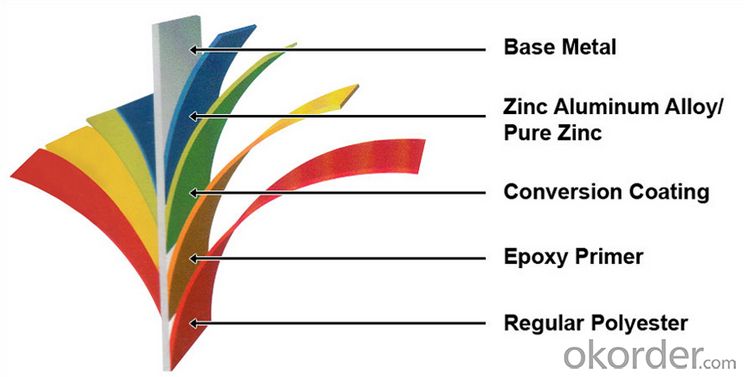
Description of Z27 BMP Rolled Steel Coil Construction Roofing Construction
PPGI is made by cold rolled steel sheet and galvanized steel sheets as baseplate, through the surface pretreatment (degreasing, cleaning, chemical conversion processing), coated by the method of continuous coatings (roller coating method),
and after roasting and cooling. Zinc coating: Z60, Z80, Z100, Z120, Z180, Z275, G30, G60, G90
Alu-zinc coating: AZ60, AZ80, AZ100, AZ120, AZ180, G30, G60, G90
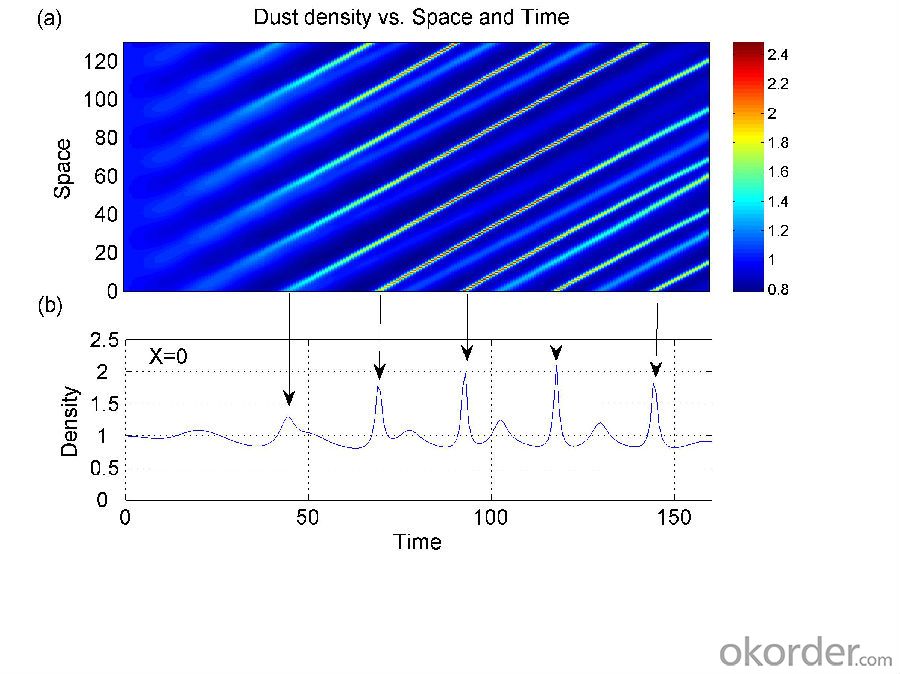
Main Feature of Z27 BMP Rolled Steel Coil Construction Roofing Construction
1) Excellent corrosion resistance: The zinc layer provides a good protection of Pre-painted Galvanizeed Steel Sheet.
2) High heat resistance: The reflective surface of the material aids in efficiently reflecting the sunlight away and in turn reducing the amount of heat transmitted. The thermal reflectivity converts into energy savings.
3) Aesthetics: Pre-Painted Galvanized steel sheet is available in plethora of patterns and multiple sizes as per the requirements that given by our customers.
4) Versatility: can be used in the various areas.Standard seaworthy export packing: 3 layers of packing, inside is kraft paper, water plastic film is in the middle and outside GI steel sheet to be covered by steel strips with lock, with inner coil sleeve.
Applications of Z27 BMP Rolled Steel Coil Construction Roofing Construction
1. Construction and building: roofing; ventilating duct; handrail; partition panel;etc.
2. Electric appliance: refrigerator; washing machine; refrigerator; DVD;etc.
3.Transportation: oil tank; road sign; etc.
4.Agriculture:barn; etc.
5.Others:vending machine; game machine; etc. 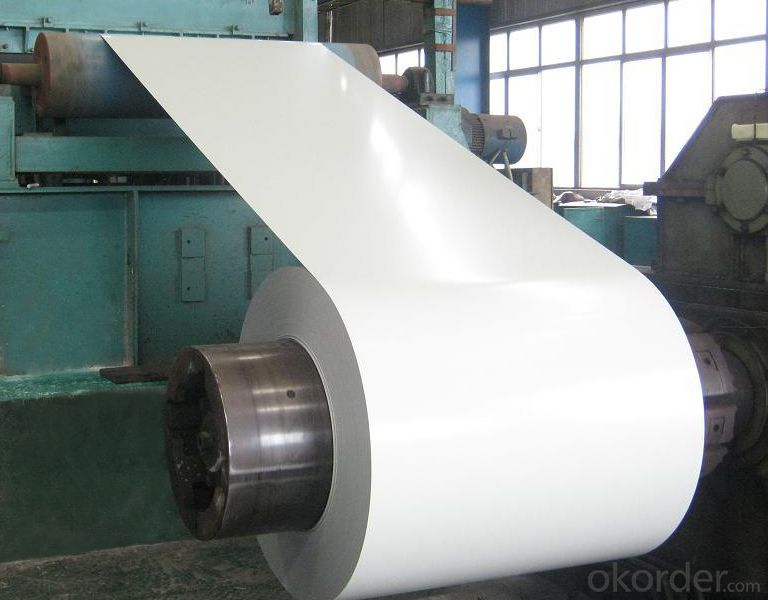
Specifications of Z27 BMP Rolled Steel Coil Construction Roofing Construction
| Classified symbol | Yield Point Minimum N/mm2 | Tensile Strength Minimum | Elongation Minimum % | Application | ||||
| N/mm2 | Nominal Thickness mm (t) | |||||||
| JIS | Yogic | 0.25-0.4 | 0.4-0.6 | 0.6-1.0 | 1.0-1.6 | |||
| G3312 | specification | |||||||
| CGCC | CGCC | -205 | -270 | -20 | -21 | -24 | -24 | Commercial |
| CGCD | CGCD | --- | 270 | --- | 27 | 31 | 32 | Drawing |
| --- | CG340 | 245 | 340 | 20 | 20 | 20 | 20 | Structural |
| CGC400 | CG400 | 295 | 400 | 16 | 17 | 18 | 18 | Structural |
| CGC440 | CG440 | 335 | 440 | 14 | 15 | 16 | 18 | Structural |
| CGC490 | CG490 | 365 | 490 | 12 | 13 | 14 | 16 | Structural |
| CGC570 | CG570 | 560 | 570 | --- | --- | --- | --- | Structural |
| ASTM Designation | Yield Point Minimum | Tensile Strength Minimum | Elongation Minimum % | Application | Q/BQB 445-2004(China standard) | ASM A653/A653M | JISG 3312 | |
| ksi(MPa) | ksi(MPa) | TDC51D+Z | (CS TYPE A+Z) | CGCC | ||||
| A653(M)-99 CS TYPE A,B,C | --- | --- | --- | Commercial | TDC52D+Z | CGCD | ||
| A653(M)-99 FS | --- | --- | --- | Lock Forming | TS250GD+Z | (G250+Z) | - | |
| A653(M)-99 DS | --- | --- | --- | Drawing | TS300GS+Z | (G300+Z) | CGC 400 | |
| A653(M)-99 SS Grade33(230) | 33(230) | 45(310) | 20 | Structural | TS350GD+Z | (G350+Z) | CGC490 | |
| A653(M)-99 SS Grade37(255) | 37(255) | 52(360) | 18 | Structural | TS550GD+Z | (G550+Z) | CGC570 | |
| A653(M)-99 SS Grade40(275) | 40(275) | 55(380) | 16 | Structural | ||||
| A653(M)-99 SS Grade50(345) | 50(345) | 65(450) | 12 | Structural | ||||
| A653(M)-99 SS Grade80(550) | 80(550) | 82(570) | --- | Structural | ||||
FAQ of Z27 BMP Rolled Steel Coil Construction Roofing Construction
We have organized several common questions for our clients,may help you sincerely:
1. How Can I Visit There?
Our company is located in Tianjin City, China, near Beijing. You can fly to Tianjin Airport Directly. All our clients, from home or aboard, are warmly welcome to visit us!
2. How Can I Get Some Sample?
We are honored to offer you sample.
3. Why choose CNBM?
1, ISO, BV, CE, SGS approved.
2, Competitive price and quality.
3, Efficient service team online for 24 hours.
4, Smooth production ability(50000tons/month) .
5, quick delivery and standard exporting package.
6, Flexible payment with T/T, L/C, Paypal, Kunlun bank, etc .
- Q: How are steel billets inspected for internal and surface defects?
- Steel billets are inspected for internal and surface defects through a variety of methods to ensure their quality and integrity. For internal defects, one common method is ultrasonic testing (UT), where high-frequency sound waves are transmitted through the billet. Any discontinuities or defects within the billet will cause the sound waves to reflect back to the receiver, indicating the presence of a flaw. UT can detect defects such as cracks, voids, and inclusions within the billet. Another technique used for inspecting internal defects is magnetic particle inspection (MPI). This method involves applying a magnetic field to the billet and then coating it with iron particles. Any internal defects or cracks will disrupt the magnetic field, causing the iron particles to gather at these locations and become visible under proper lighting conditions. When it comes to surface defects, visual inspection is typically the first step. Trained inspectors visually examine the billet for any visible irregularities, such as cracks, pits, scratches, or deformities. They may also use specialized equipment like magnifying glasses or microscopes to ensure a thorough inspection. In addition to visual inspection, surface defects can also be detected using other non-destructive testing techniques. One common method is dye penetrant testing (PT), where a colored liquid dye is applied to the billet's surface. The dye seeps into any surface defects and is later removed, leaving behind a visible indication of the defect. This method is particularly effective in detecting surface cracks or discontinuities. Another technique used for surface defect inspection is eddy current testing (ECT). ECT relies on the principle that a fluctuating magnetic field induces electrical currents in conductive materials like steel. Any surface defects or irregularities will disrupt the induced currents, which can be detected by monitoring changes in the electrical properties of the billet. ECT is commonly used to detect surface cracks, pits, or variations in thickness. Overall, a combination of these inspection methods allows for a comprehensive evaluation of steel billets, ensuring that both internal and surface defects are detected and addressed before the billets are further processed or used in various applications.
- Q: What are the main factors affecting the cost of steel billets?
- The main factors affecting the cost of steel billets include the price of raw materials such as iron ore and coal, global supply and demand dynamics, production and transportation costs, energy prices, currency exchange rates, and market speculation. Additionally, factors like trade policies, government regulations, and geopolitical events can also impact the cost of steel billets.
- Q: Is there an export duty? Or is there a tax refund?
- Your specification 13*13*6 or 12 meters, this is a square cross section, so 7207120000 this can not be used, your billet carbon content is 0.17 to 0.23% less than 0.25%, so we must use the following7207190000 Other Billets with carbon content less than 0.25%Export tax refund: 0%MFN country of import tariff: 2%General customs duties: 11%Export tariff rate: 0%VAT: 17%
- Q: What is the typical composition of steel billets?
- The typical composition of steel billets can vary depending on the specific requirements and intended use. However, in general, steel billets are primarily composed of iron and carbon, with other elements added to enhance certain properties. The carbon content in steel billets is typically around 0.1-0.3%. In addition to iron and carbon, steel billets often contain small amounts of other elements such as manganese, silicon, sulfur, and phosphorus. Manganese helps improve the strength and hardness of the steel while also promoting better heat treatment response. Silicon is commonly added to enhance the steel's fluidity during casting. Sulfur and phosphorus are impurities that need to be minimized as they can negatively affect the steel's machinability and mechanical properties. Furthermore, alloying elements such as chromium, nickel, molybdenum, and vanadium may also be present in steel billets to impart specific properties. For instance, chromium improves corrosion resistance, nickel enhances toughness and ductility, molybdenum increases high-temperature strength, and vanadium improves wear resistance. Overall, the composition of steel billets is carefully controlled to achieve the desired mechanical, physical, and chemical properties required for the subsequent processing and final applications of the steel.
- Q: What are the advantages of using steel billets in the oil and gas industry?
- There are several advantages of using steel billets in the oil and gas industry. 1. Strength and Durability: Steel billets are known for their high strength and durability. They can withstand extreme temperatures, pressures, and corrosive environments, making them suitable for use in the oil and gas industry where demanding conditions are common. 2. Resistance to Corrosion: Steel billets are often made from corrosion-resistant alloys or treated with protective coatings to enhance their resistance to corrosion. This is crucial in the oil and gas industry, as it involves the handling of various corrosive substances that can degrade equipment and infrastructure over time. By using steel billets, companies can ensure their equipment lasts longer and operates efficiently. 3. Versatility: Steel billets can be easily shaped and formed into various components, such as pipes, valves, and fittings, making them highly versatile. This allows for customization and adaptability to specific oil and gas projects, enabling companies to meet the unique requirements of different operations. 4. Safety: The oil and gas industry requires materials that can withstand high-pressure environments and potentially hazardous conditions. Steel billets offer excellent safety properties due to their high strength and resistance to extreme conditions. They are less likely to fail or rupture compared to other materials, reducing the risk of accidents and ensuring the safety of personnel and assets. 5. Cost-effectiveness: While steel billets may have higher upfront costs compared to other materials, their durability and resistance to corrosion reduce the need for frequent replacements or repairs. This leads to long-term cost savings for oil and gas companies. Moreover, steel is a widely available material, making it cost-effective to source and produce steel billets. 6. Environmental Sustainability: Steel is a highly recyclable material, and steel billets can be recycled and reused multiple times without losing their properties. This promotes environmental sustainability by reducing waste and conserving resources in the oil and gas industry. In conclusion, the advantages of using steel billets in the oil and gas industry include their strength, durability, resistance to corrosion, versatility, safety, cost-effectiveness, and environmental sustainability. These properties make steel billets a preferred choice for various applications in the industry, contributing to efficient and reliable operations.
- Q: What are the main challenges in the marketing of steel billets?
- One of the main challenges in the marketing of steel billets is the highly competitive nature of the industry. There are numerous suppliers and manufacturers of steel billets globally, which creates a saturated market and makes it difficult for companies to differentiate their products and stand out from the competition. Additionally, fluctuations in steel prices and demand can impact the marketing efforts, as companies need to constantly adapt their strategies to changing market conditions. Another challenge is the need for extensive product knowledge and understanding of customer requirements, as steel billets are used in a wide range of industries with specific specifications and standards. Building strong relationships with customers and providing tailored solutions is crucial in overcoming these challenges and successfully marketing steel billets.
- Q: How are steel billets used in the production of construction components?
- Construction components rely on steel billets as a crucial raw material. These billets are utilized primarily in the creation of various structural elements like beams, columns, and bars, which compose the framework of buildings and infrastructure projects. The process commences with steel billets, semi-finished products formed by casting molten steel into rectangular or square shapes. Subsequently, these billets undergo further processing and transformation into specific construction components through diverse manufacturing techniques. One widespread application of steel billets involves beam production, which is indispensable for supporting the weight of floors, roofs, and walls in buildings. The billets are subjected to rolling mills, where they are heated and passed through a series of rollers to acquire the desired beam profile. This process facilitates the production of beams in varying sizes and lengths, tailored to the unique requirements of each construction project. Steel billets are also employed in the manufacture of columns, which provide vertical support to structures. Similar to beams, billets are processed through rolling mills to achieve the necessary column shape. Subsequently, the columns are connected to the beams, creating the skeletal framework of the building and ensuring strength and stability. Additionally, steel billets find application in the production of reinforcing bars, commonly referred to as rebar, used for reinforcing concrete structures. These rebar play a critical role in enhancing the strength and durability of concrete. Billets are once again processed through rolling mills to create rebar in various diameters and lengths. The rebar is then embedded within the concrete to provide tensile strength, preventing cracking, and increasing the overall structural integrity. In summary, steel billets are pivotal in the production of construction components as they serve as the starting point for the manufacturing process. They are transformed into beams, columns, and rebar, which offer the necessary strength and stability required for building and infrastructure projects.
- Q: Are steel billets prone to cracking during production?
- During the production of steel billets, there is a tendency for cracking to occur. This can happen for various reasons, such as improper cooling, excessive heating, or rapid cooling. The cooling process plays a crucial role in the production of steel billets as it impacts the microstructure and mechanical properties of the final product. If the cooling is not done correctly, it can create internal stresses within the billet, ultimately leading to cracking. Additionally, the presence of impurities or defects in the starting material can also contribute to the occurrence of cracks. Therefore, manufacturers must closely monitor and control the production process to minimize the risk of cracking and ensure the high quality of the steel billets.
- Q: How are steel billets used in the manufacturing of construction scaffolding?
- Steel billets are used in the manufacturing of construction scaffolding as they serve as the primary raw material. These billets are first heated and then passed through a series of processes such as rolling, cutting, and shaping to form the necessary components of scaffolding, including tubes, frames, and joints. The high strength and durability of steel make it an ideal choice for scaffolding, ensuring the safety and stability required for construction workers.
- Q: What are the main challenges in the handling of steel billets during production?
- The production of steel billets poses various challenges that must be addressed in order to achieve a streamlined and effective manufacturing process. Weight and size are major obstacles to consider when working with steel billets. These billets can be quite hefty, ranging from a few hundred kilograms to several tons, depending on their dimensions. As a result, lifting and moving them within the production facility can be difficult. The safe handling of these heavy loads necessitates the use of specialized equipment, such as cranes and forklifts. Another challenge lies in the potential for damage during the handling of steel billets. They are typically transported and stored in stacks or bundles, and improper handling techniques or inadequate protection can result in deformation, scratches, or even breakage of the billets. These damages can negatively impact the quality of the final product, leading to increased scrap rates and production costs. Furthermore, maintaining precise temperature control is crucial when working with steel billets. Steel is highly sensitive to temperature changes, and the billets must be kept within specific temperature ranges to prevent distortion or metallurgical issues. Careful attention must be paid when transferring billets between different areas of the production facility to ensure consistent temperatures. Proper inventory management and tracking also present challenges in the handling of billets. Steel billets are often stored in large warehouses or outdoor yards, and keeping track of their location, quantity, and quality can be complex. Efficient inventory management systems, such as barcoding or RFID tagging, are essential to minimize errors and facilitate the retrieval of the necessary billets for production. Lastly, safety is a significant concern when handling steel billets. The weight of the billets and the potential for injury make it imperative to adhere to strict safety protocols. Operators must receive proper training on the use of equipment, such as cranes and forklifts, and wear appropriate personal protective equipment (PPE) to prevent accidents or injuries. In conclusion, the handling of steel billets during production presents challenges related to weight, potential damage, temperature control, inventory management, and safety. Overcoming these challenges necessitates investments in specialized equipment, training, and efficient processes to ensure a smooth and successful production operation.
Send your message to us
Z27 BMP Rolled Steel Coil Construction Roofing Construction
- Loading Port:
- Tianjin
- Payment Terms:
- TT OR LC
- Min Order Qty:
- 100 m.t.
- Supply Capability:
- 10000 m.t./month
OKorder Service Pledge
OKorder Financial Service
Similar products
Hot products
Hot Searches
Related keywords
